NASA Photos 2017: The 7 Most Spectacular Astronomy Images
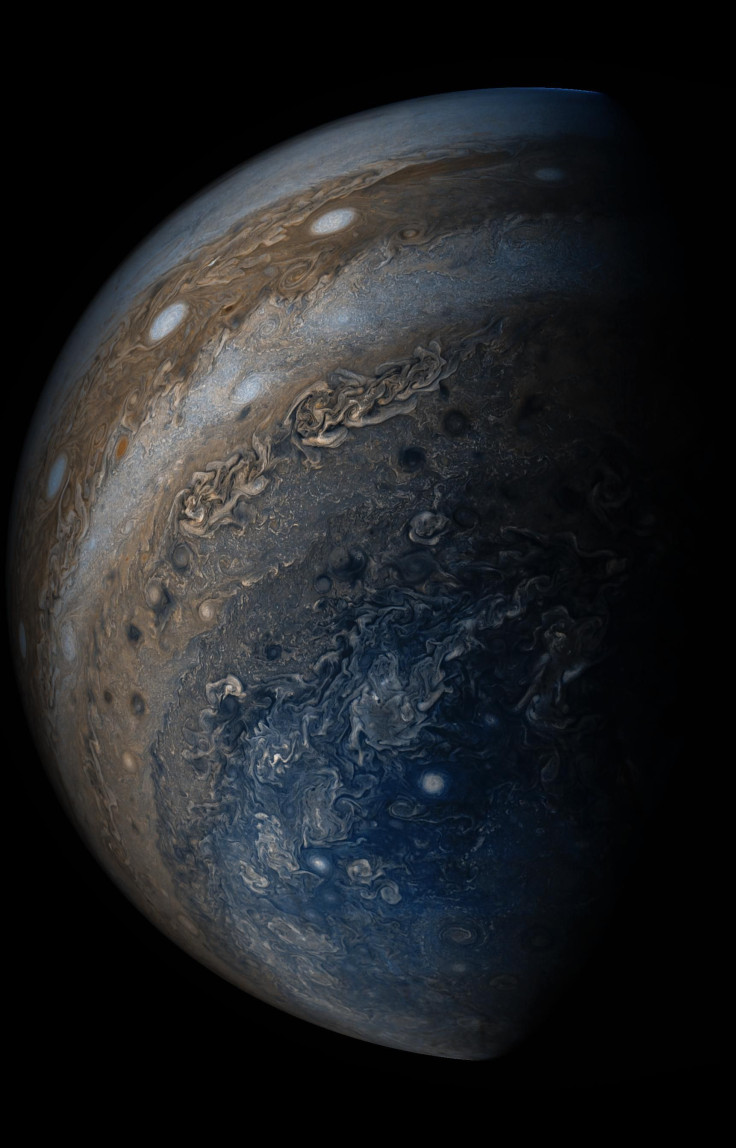
Beautiful and amazing things are happening in the universe all the time, but we miss most of them because they are too far away from Earth. Sometimes we are lucky enough, however, to cast our telescopes and cameras on a relatively nearby spot at just the right time and catch something magical, whether that equipment is on our planet’s surface or racing through our solar system.
Here are some of the times through the first half of 2017 that scientists and other observers were able to get a good look at the majesty of outer space.
Howling at the moonlet
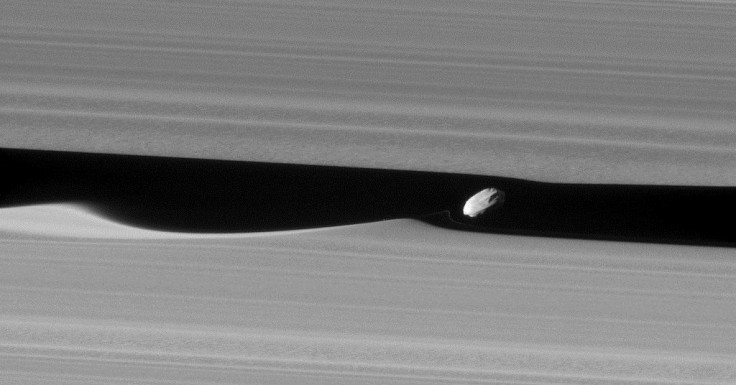
Tiny moons barrel their way through Saturn’s rings in their close orbits around the planet, shoving aside dusty and icy materials along the way. In January, NASA’s Cassini spacecraft got the closest look ever at one of these “moonlets” while it was passing over the rings’ outer edges. This image shows Daphnis, with the force of its gravity creating waves in the ring material closest to it. The picture is also close enough to spot some craters on the small body’s surface.
Great Spot!
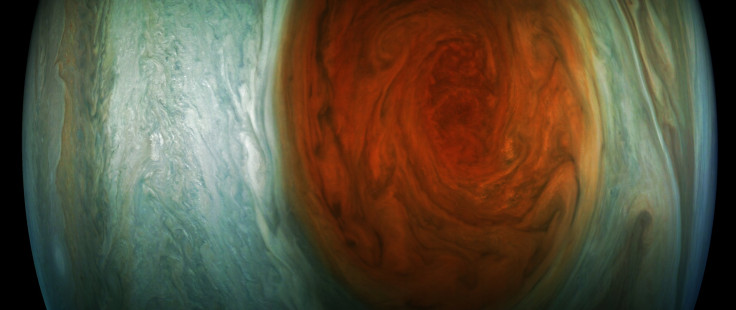
In early July, NASA’s Juno spacecraft got closer to Jupiter’s Great Red Spot than any machine had before and the results were spectacular. The most recognizable spot on the gas giant is a swirling storm so large that Earth could easily fit inside it. This photo is an enhanced version of the raw photos Juno sent back to Earth.
Read: Learning About Jupiter’s Great Red Spot Could Help Us Find Aliens
You’re a star
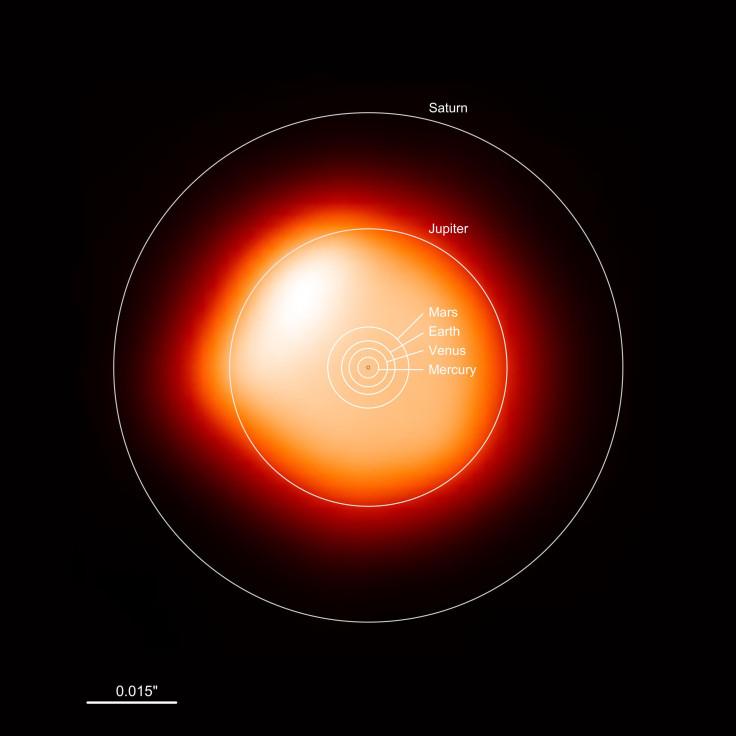
It may not look like much, but this photo is one of the most detailed scientists have ever taken of the surface of a star, with exception of the sun. It’s an image of Betelgeuse, in the Orion constellation, taken at radio wavelengths, which can tell scientists more about the star’s temperature and how it formed. The star in Orion’s shoulder is a few hundred light years from Earth and is a red giant — so it’s a good thing this image was captured now while the star is still alive; it might explode in a supernova in the next few hundred years.
Color me excited

Almost any photo of the colorful auroras dancing in Earth’s atmosphere is going to be a crowd-pleaser. This one was taken on June 25 from the International Space Station, in orbit around our planet. Auroras crop up when charged particles from the sun are blown in our direction and interact with the gases in our atmosphere. They occur toward the poles and show us what Earth’s magnetic fields look like: The shapes the auroras draw come from the charged particles moving along the fields.
Read: Iconic Photos Taken By Astronauts on the Moon
Floating outside my tin can
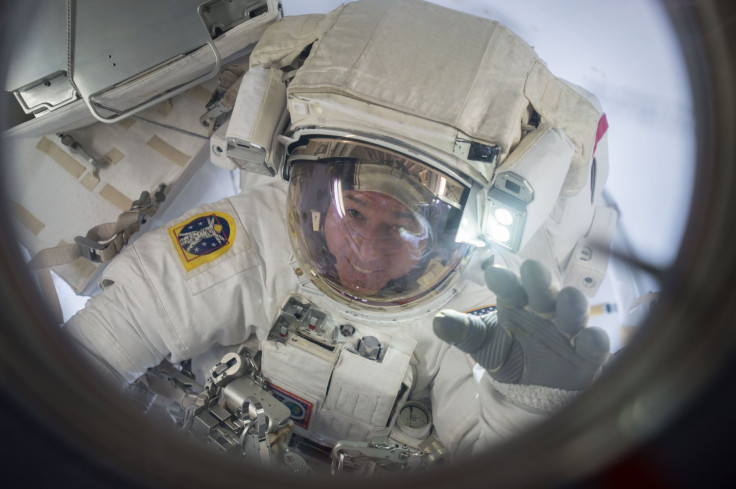
After finishing up a spacewalk in March, NASA astronaut Shane Kimbrough gave a wave from outside the International Space Station as he floated to the airlock to go back inside. He had been out there for more than six hours with the European Space Agency’s Thomas Pesquet to do some work on the station’s exterior.
Did Juno about Jupiter?
NASA’s Juno spacecraft took this gorgeous photo of Jupiter in May as it was almost 30,000 miles away from the cloud tops of the planet in our outer solar system. The enhanced color image offers a view of Jupiter’s south pole and the surrounding region as well as the white-colored storms that are lined up in Jupiter’s atmosphere and are referred to as the planet’s “string of pearls.”
Read: The Rudest Thing a Moon Has Ever Done
Pffffffft
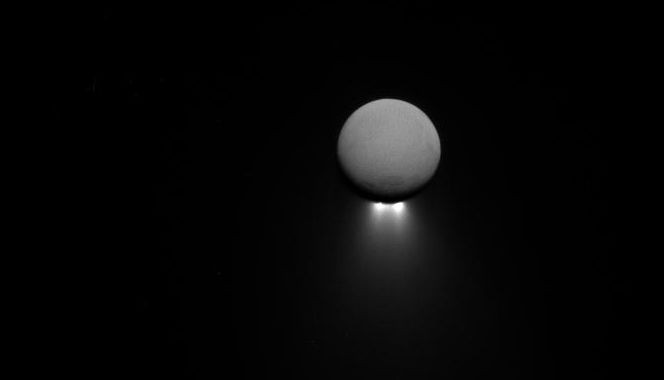
NASA’s Cassini spacecraft took this image in April of the moon Enceladus as sunlight illuminates jets coming out of its south pole and reflected light from host planet Saturn shines up the moon’s surface. Viewing the jets from different angles and learning more about them could help scientists understand more about the ocean that flows beneath Enceladus’ ice-covered surface.
© Copyright IBTimes 2024. All rights reserved.





















